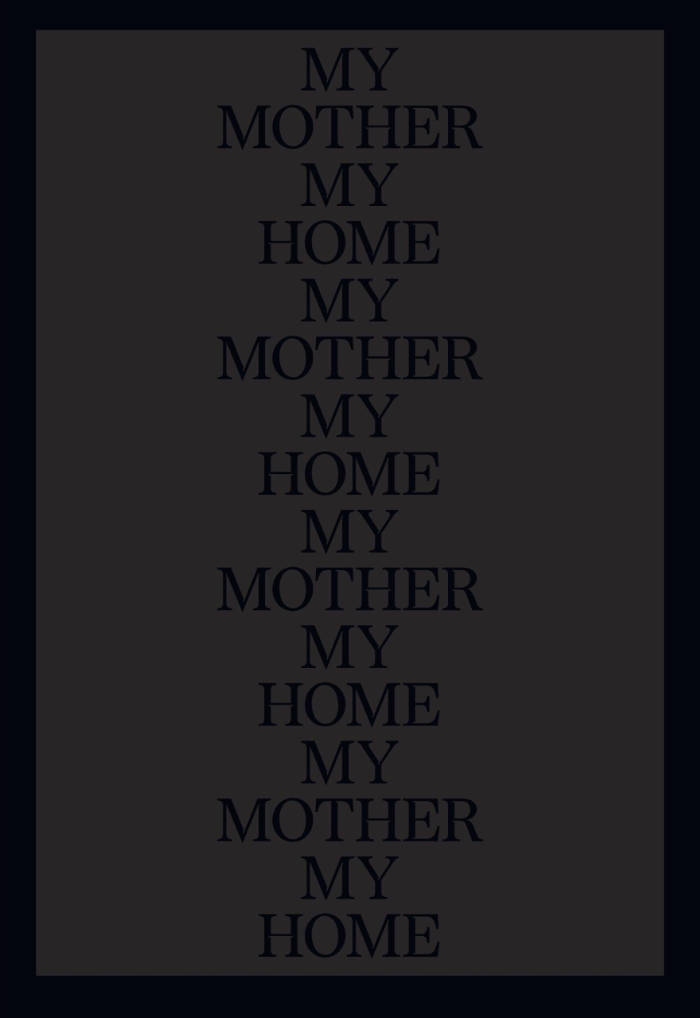
Non-Human Persons
The first book of Melanie Bonajo’s new series, Matrix Botanica.
Non-Human Persons explores our relationship with Nature photography, animals and the Internet. It is a 140+ page, softcover, full-color, magazine-style artist book designed by Experimental Jetset.
Can we send funny animal pictures to space for aliens to discover the Earth’s ecosystem? Our enormous access to animal pictures on the Internet tramples our awareness that only humans possess self awareness, language, culture, land and customs. But when does a lion stop being a lion? How are typical Nature photography categories designed by the hands of science replaced by the images of amateurs who document the disappearing surroundings of wildlife by ever expanding urbanization? As a result, do we need complete revised scientific categories for these images?
For 10 years, Melanie Bonajo has collected thousands of animal pictures online, this book is her exploration of these questions.
Language: English







